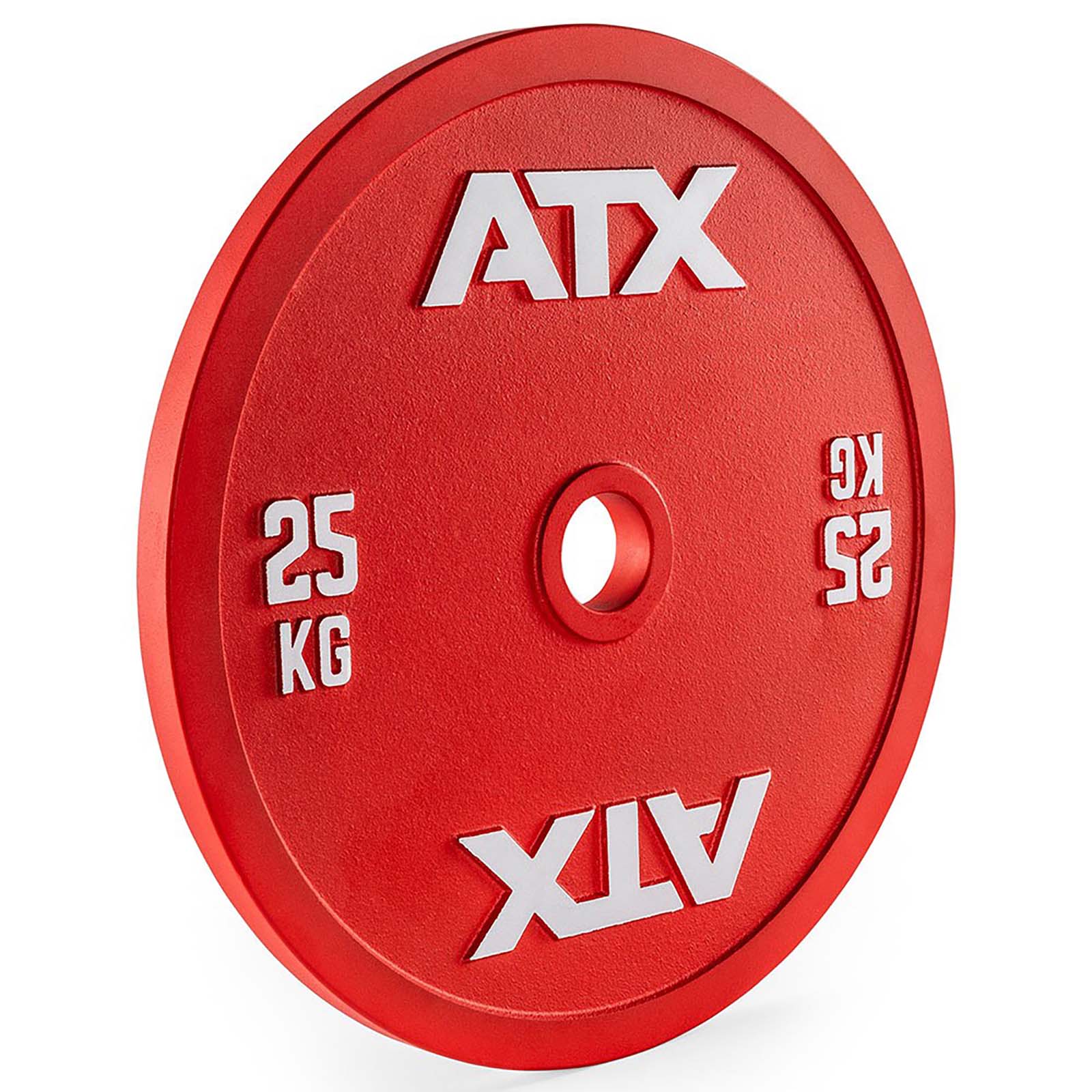
Weights
Get the most out of your weight training with our array of superior quality weight plates. These extremely durable plates will last you for decades, if not a lifetime.
They are made from the highest quality materials including cast iron & solid steel, and guaranteed to function until you achieve your weight training goals!
Bumper Plates Olympic Plates Powerlifting Plates Fractional Plates Racks and Stands
- Superior quality materials
- Solid & sturdy construction
- IPF & IWF specification
- Minimal weight variance
- Ergonomic design
-
This item is in stock!
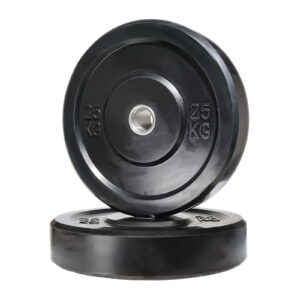
Black Olympic Bumper Weight Plates 5kg-25kg
SKU: FPBLKBP$30.00 – $85.00 View products -
This item is in stock!
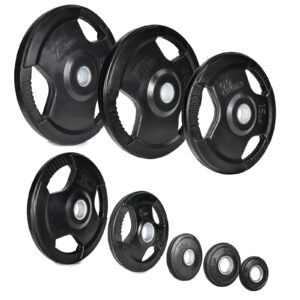
Olympic Weight Plate 1.25kg-25kg
SKU: CGOR$5.38 – $107.50 View products -
This item is in stock!
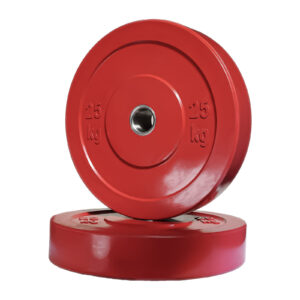
Coloured Olympic Bumper Weight Plates 5kg-25kg
SKU: FPBP$30.00 – $97.00 View products -
This item is in stock!

ATX® Calibrated Metal Plates
SKU: ATX-CICP$9.00 – $187.00 View products -
This item is in stock!
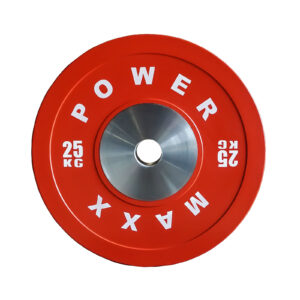
Premium Olympic Bumper Weight Plates 5kg-25kg
SKU: CGPBP$39.00 – $185.00 View products -
This item is in stock!
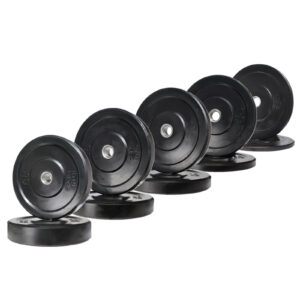
150kg Black Olympic Bumper Weight Plate Set
SKU: FPBPPACKBLK$574.00 Add to cart -
This item is in stock!
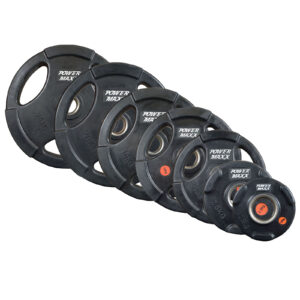
Power Maxx Olympic Plates 1.25kg-25kg
SKU: CGPM$5.63 – $75.00 View products -
This item is in stock!
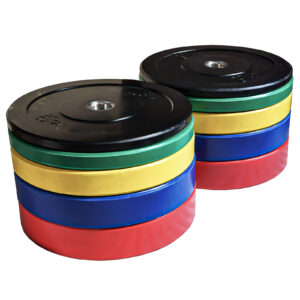
150kg Olympic Bumper Weight Plate Set
SKU: FPBPPACK$682.00 Add to cart -
This item is in stock!
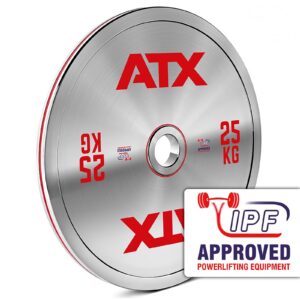
ATX® Chrome Powerlifting Plates
SKU: ATX-LXST-CS$60.00 – $215.00 View products -
This item is in stock!
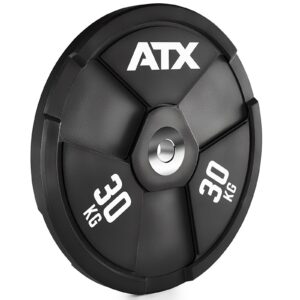
ATX® 30kg Wagon Wheel
SKU: ATX-WW-3000$289.00 Add to cart -
This item is in stock!

ATX® Calibrated Powerlifting Plates (RL)
SKU: ATX-CPRL$40.00 – $201.00 View products -
This item is in stock!
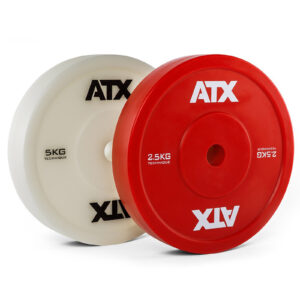
ATX® Olympic Weightlifting Technique Plate
SKU: ATX-WLTP$139.00 – $190.00 View products
Showing 1–12 of 45 results
WeightsFrequently Asked Questions
Are all Weight Plates the Same?
Weight plates vary in both shape and size. Bumper plates have a universal diameter but will vary in thickness. Powerlifting plates on the other hand will vary in diameter, except for 20kg and 25kg plates. However, they are similar thickness.
Normal Olympic plates will vary in diameter and thickness. There is no universal dimension for any plate weight. So different brands will have different sizes for the same plate.
How to Clean Rubber Weight plates?
Rubber weight plates can sometimes go white or grey. This phenomenon is known as blooming. This is what happens when certain ingredients come to the surface of the rubber. This is purely cosmetic, and the rubber is not deteriorating.
Sometimes you can remove the bloom with a quick wipe with a rag. If this does not work, try some mild detergent, and warm water.
Honestly do not stress too much about it. Rubber is a natural product – not synthetic like plastic or nylon – it expands and contracts with heat. Blooming is just part of this process.
In our showroom, especially upstairs on the mezzanine, new weight plates can all go white as soon as the temperature hits a certain point. Heat and humidity will bring it out. If you are in an environment where temperatures fluctuate then don’t spend a lot of time removing blooming. It will come back later.
However, after a while you will notice that in stops.
For general cleaning, just use a duster – we find that is the easiest way to keep plates clean. If you are in a gym with hygiene concerns, you may need to use an antibacterial product. Just check the formulation to make sure that it is suitable for rubber.
How to Clean Rust off Weight Plates?
Light surface rust on weight plates can sometimes be polished out. An automotive product will be fine. Try this at the first stages of rust. If the rag doesn’t work, then try a nylon bristle brush.
If the rust is more advanced, you will need to use something more abrasive. A steel bristle brush, sandpaper or steel wool will be needed to remove stubborn rust. Bear in mind that this will compromise the surface coating – if not addressed the rust will return. You will need to re-paint the areas if you have had to go hard.
What is the difference between Standard and Olympic Plates?
The main difference between Olympic and Standard plates is the hole in the middle. For Olympic plates, the diameter of the hole is 50.5+mm. These are suited for Olympic bars. For the standard plate, it can vary between 26-31mm. It all depends on the brand. They are designed for standard barbells.
Olympic plates are a lot more common in gyms. You also have a wider variety of bars when it comes to Olympic plates. Standard plates are more commonly found in home gyms. Olympic bars are also more expensive as their load capacity is lot more than a standard bar.
What are Weight Plates made of?
Different sports use different types of weight plates. You can’t use steel weights in Olympic Weightlifting as the barbells are usually dropped from above the head. This would quickly destroy any weightlifting platform out there.
Using bumper plates for powerlifting would not be ideal as you would quickly run out of sleeve loading space.
GENERAL STRENGTH TRAINING
Weight plates tailored for general strength training are usually manufactured out of cast iron. They can feature from two to six grips, with the Tri-Grip design being the most popular. This allows the user to load/unload the barbell or machine much easier. They are not suitable for dropping as cast iron is quite brittle and could break.
Weight plates designed for general strength training feature various coatings. These are designed to extend their longevity, prevent them from rusting and reduce noise while training.
Powder Coating – the weakest coating out there. Powder coat is easy and cheap to apply but it offers little to no rust or noise protection. Chipping powder coat will also lead to minor weight variances.
Vinyl Coating – usually used on weight plates designed for pump bars. This coating offers good rust protection and does a great job at reducing noise while training. It can be slippery and is not as durable as the rubber coating.
Rubber Coating – the most popular weight plate coating. It provides excellent noise reduction and rust protection. There are different types of rubber used for this coating, some weight plates use a cheaper rubber which is significantly less durable compared to the high-end rubber coating.
Polyurethane/Urethane Coating – the most premium weight plate coating out there. Polyurethane has a high cut and tear resistance making them ideal for use in Commercial environments. It also offers great noise reduction and rust protection.
BUMPER WEIGHT PLATES/h3>
Bumper weight plates are normally manufactured out of rubber or urethane. They are significantly thicker than your general strength training plates. Their primary purpose is to absorb shock when being dropped from heights.
They are mainly used for Olympic Weightlifting and CrossFit training/competitions. The high shock absorption also makes them great for deadlifts. Plus, they are the same diameter as powerlifting plates. This again makes them handy for deadlifting.
Bumper Weight plates are manufactured to fit IWF (International Weightlifting Federation) specifications where the diameter of each plate is identical at 450 mm.
These weight plates are extremely thick, which makes them unsuitable for use with plate loaded machines. The lack of the handle also makes them difficult to carry.
Rubber or Urethane plates feature a steel ring insert which prevents the rubber from contact with the barbells’ sleeve.
Bumper Weight Plates are made from:
Crumb – manufactured from recycled rubber which is fused at high temperatures. This type of bumper plate features a rougher look and are great for outside use. They tend to offer high bounce which most weightlifters tend to avoid.
Solid Rubber – The most common type of bumper plate material. Solid rubber plates are quite thick and offer great shock absorption. The bounce will depend on the quality of the rubber.
Solid Virgin Rubber – used in premium bumper plates. This type of rubber offers a lower bounce, is less prone to cracking and is ideally suited for high use applications such as CrossFit Boxes and Weightlifting gyms.
Polyurethane – the most durable and expensive bumper plate material. It offers great shock absorption, low bounce, and phenomenal durability.
Steel Disk – most of the competition weight plates feature a solid steel insert. This allows the weight plates to be much thinner than your standard rubber bumper plates. Because of this you can load the barbell up with almost twice as much weight compared to the standard bumpers. This design does come at a cost as it is significantly more expensive to manufacture.
POWERLIFTING PLATES
Weight plates used for powerlifting training and competitions tend to be calibrated and extremely thin. They are not the easiest to handle, but they can be used for both powerlifting, general strength training and to load up plate loaded machines.
The two main materials from which Powerlifting Weight Plates are manufactured:
Cast Iron – as the name suggest these weights are cast into moulds to manufacture the plates. Cast Iron has a high tensile strength but is more brittle compared to solid steel. They require a bit more calibration as you can never make a perfect cast.
Solid Steel Disks – the most expensive way to manufacture powerlifting plates. It is very difficult to cast steel, so the weight plates need to be CNC machined. Solid Steel is much denser than cast iron, this allows the weight plates to be thinner and much more durable. Solid Steel does not break like cast iron theoretically. Due to the manufacturing process Solid Steel Disks can be calibrated to higher tolerances.
Three main coatings used for Powerlifting Weight Plates:
Powder Coating – the most used coating. It offers decent rust protection and virtually no noise reduction. But it allows the weight plates to remain thin. Powder coating also is grippier compared to the alternatives.
Lacquered – less commonly found powerlifting plate coating. The main difference between lacquered and powder coated weight plates is the smoother finish. This is not ideal for grip, but it does make the weights look nicer.
Chrome Coating – Offers the best rust and chip protection as the coating is much harder and more durable compared to powder coating. The chrome coating is also much thinner than the powder coat which allows the weight plate to be slightly thinner. The downside of the chrome coating is that it can be quite slippery.
What is the difference between Bumper Plates and Weight Plates?
The main difference between bumper plates and weight plates is the material used to make them. Bumper plates are made from rubber, whereas weight plates are made from cast iron. They can also be rubber coated.
As the bumper plates are made from rubber, they can be dropped when performing say an Olympic lift. With the normal non-bumper weight plates, that is certainly not advisable. You can easily damage your bar that way. Not to mention the surface you are dropping them on.
Bumper plates are usually all the same in diameter. That being 450mm. That makes them a great plate to use when deadlifting as the bar will always be at the same height, no matter what plate is on the barbell.
